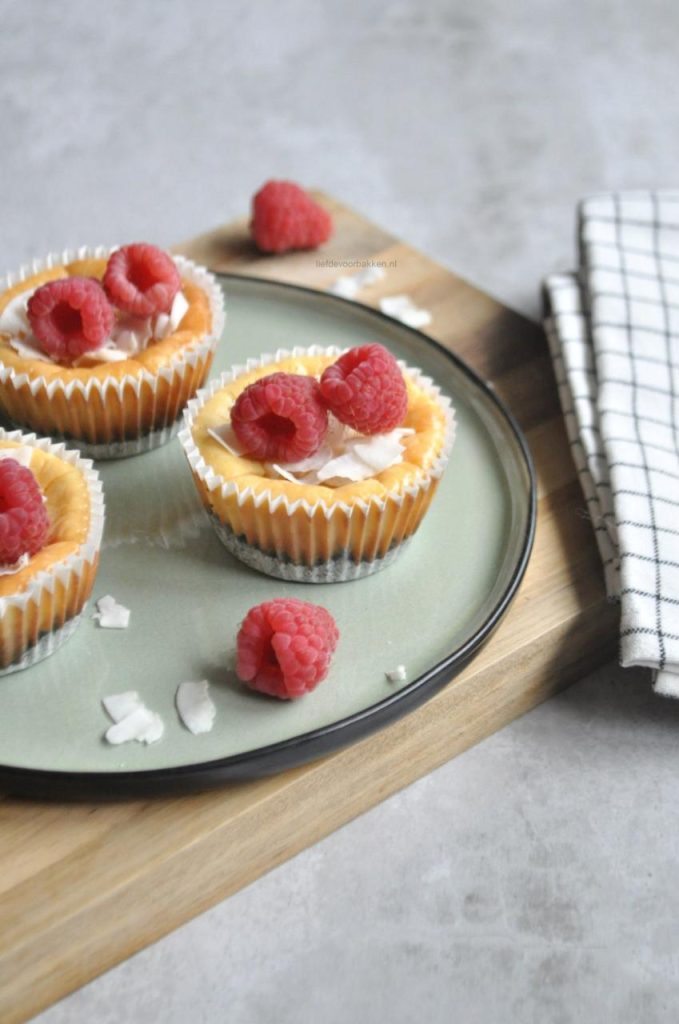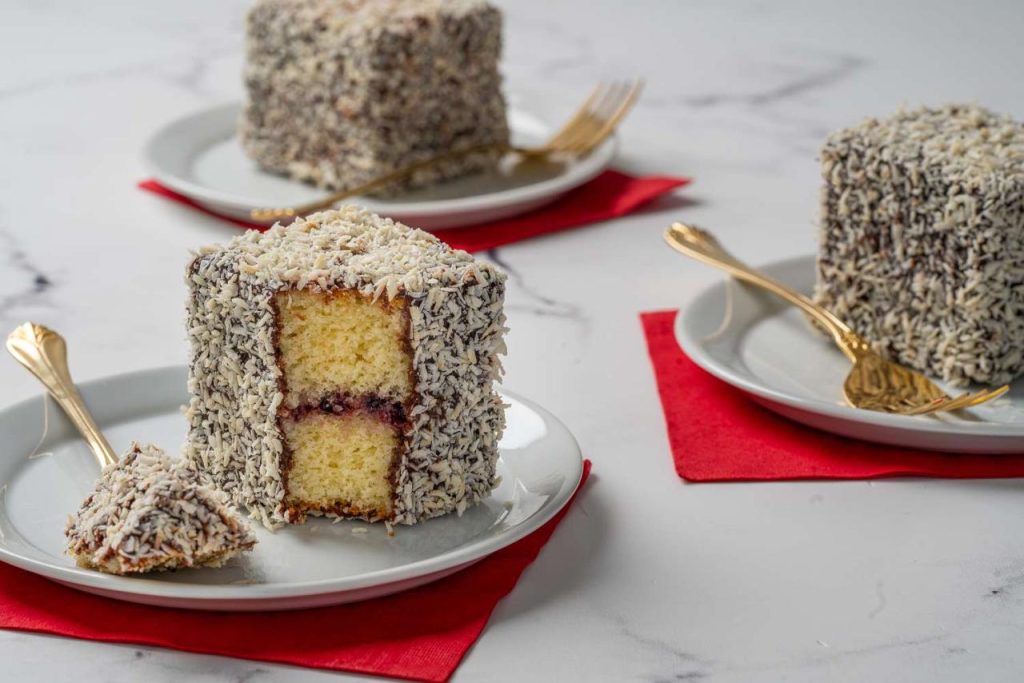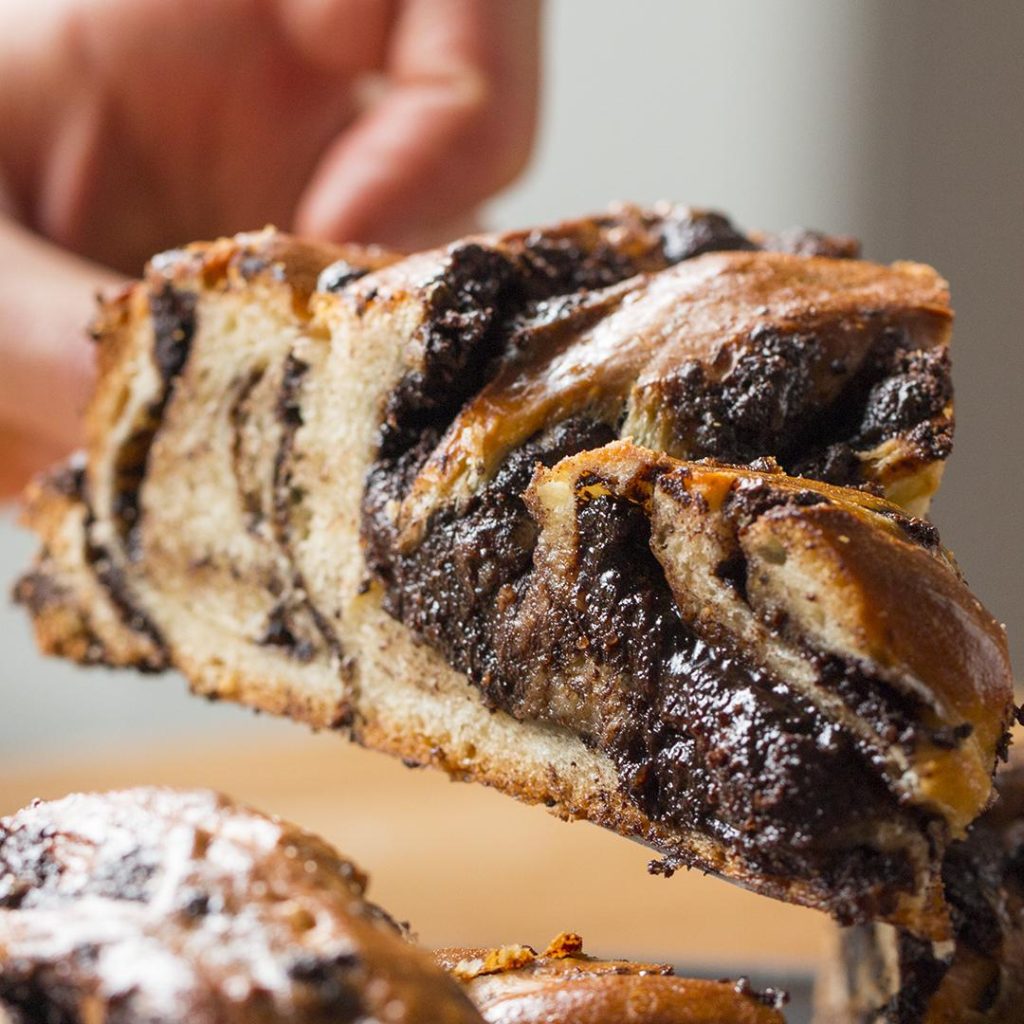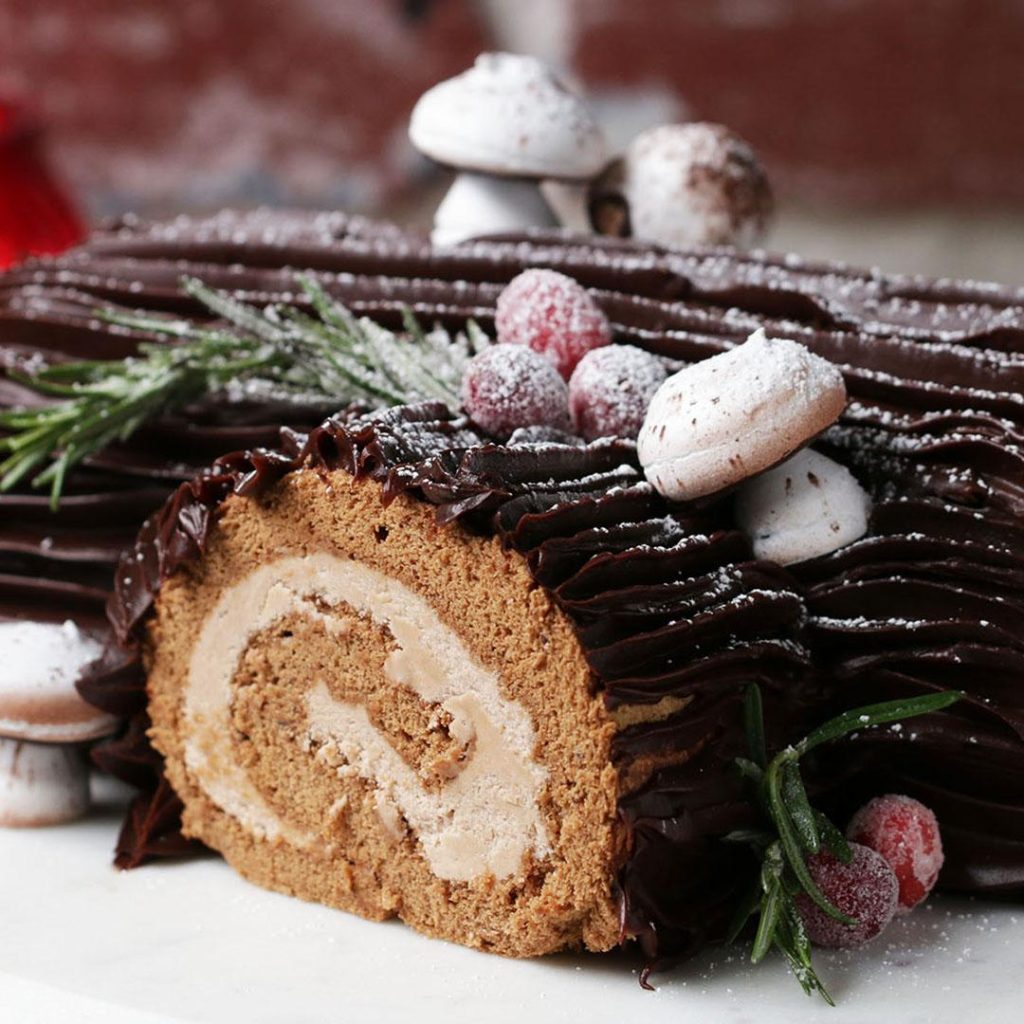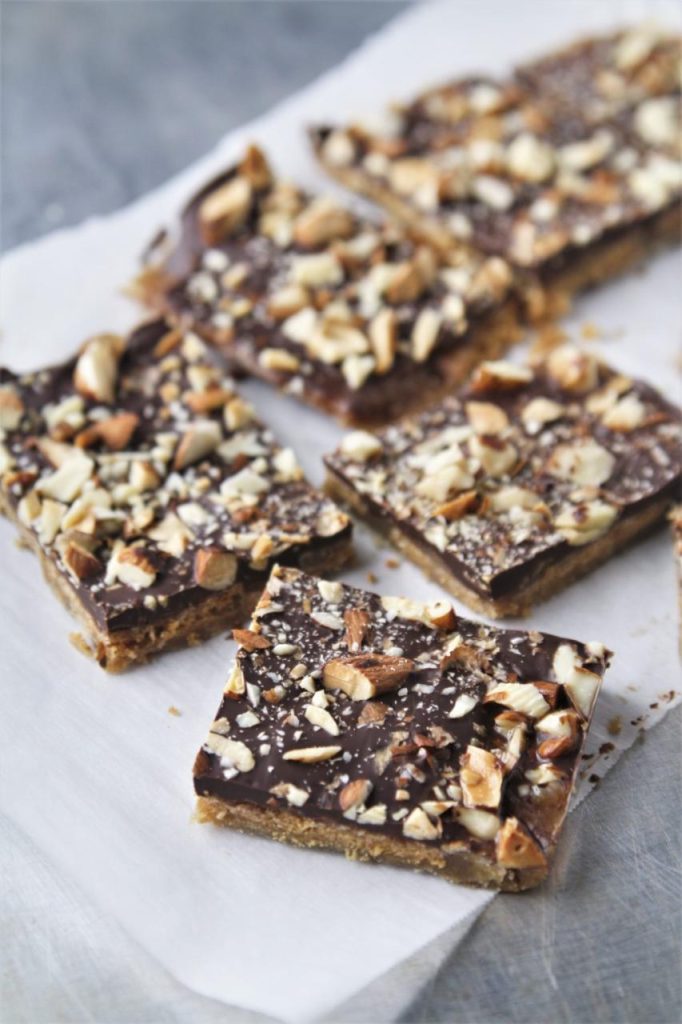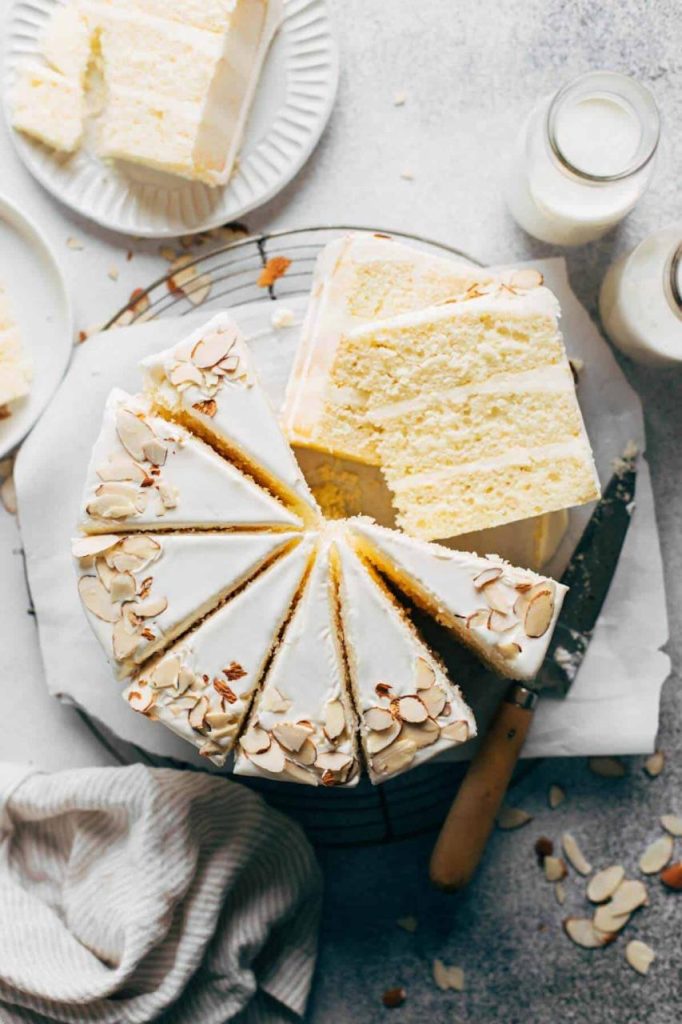Embarking on a culinary journey often begins with a craving, a memory, or simply the desire to create something beautiful and delicious. Today, I find myself drawn to the kitchen, not just to satisfy my hunger, but to reconnect with a cherished tradition that has always warmed my heart and tantalized my taste buds: the making of Pasta Flora.
There’s something undeniably comforting about the sweet aroma of baking that fills the air, transforming a house into a home with its inviting scent. It’s a nostalgic embrace, a reminder of leisurely afternoons spent in my grandmother’s kitchen, where the counters were dusted with flour and laughter was as plentiful as the pastries we lovingly prepared together.
Pasta Flora is more than just a dessert; it’s a tapestry of flavors, a labor of love that demands patience and rewards you with every bite. The crumbly, buttery pastry crust encasing a rich, vibrant jam filling speaks of simplicity and elegance, a testament to the beauty of classic recipes that have stood the test of time.
As I set out to make this dish, I’m filled with anticipation and a touch of wistfulness. There’s joy in the process—the rhythmic kneading of dough, the careful spreading of jam, the artful crisscrossing of the lattice top. Each step is a dance, a delicate balance between precision and creativity.
I want to make Pasta Flora today not just to indulge in its sweetness, but to honor the legacy of home cooking that has been passed down through generations. It’s a way to connect with my roots, to share a piece of my heritage with friends and family, and to offer a moment of comfort in the midst of our busy lives.
So, join me as I delve into the world of this beloved Greek tart, and let’s discover together the joy that comes from crafting a dish that is as rich in emotion as it is in flavor.
Pasta Flora Recipe
Pasta Flora is a delightful Greek dessert that features a crumbly, buttery pastry crust filled with a layer of sweet fruit jam. The tart is traditionally made with apricot, quince, or berry jam, but variations can include other types of preserves according to personal preference or seasonal availability. The pastry dough is typically made from a mixture of flour, sugar, butter, and sometimes egg yolks, which is then rolled out and used to line a tart pan. The jam is spread over the pastry base, and additional strips of dough are woven into a lattice pattern on top, giving the finished dish its characteristic appearance. Once assembled, the tart is baked until the pastry is golden and the jam is bubbly. Pasta Flora is often enjoyed as a dessert or a sweet accompaniment to afternoon tea or coffee. It’s a versatile dish that can be adapted with different fillings and is cherished for its balance of sweet, fruity flavors and rich, tender crust.
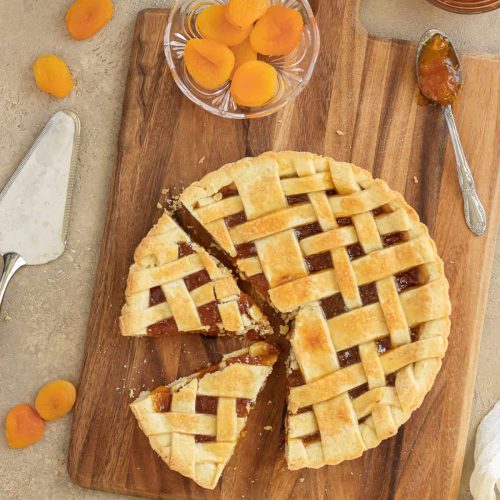
Pasta flora
Equipment
- 1 oven
Ingredients
- ½ package of flour for all purpose
- 1 cup margarine
- ½ cup sugar
- ½ bag of baking powder
- 2 eggs for the dough + 1 egg for the spreads of cords
- little jam of your choice
- We prefer the cherry jam or strawberry
- little almond net
- Execution
Instructions
- Beat the butter well with sugar in a mixer.
- Add one to one the eggs and then add the flour mixed with baking.
- Remove the dough from the mixer, put it in a bowl and knead gently - do not want you knead, until we have a soft dough.
- We keep a little of the dough aside for the laces and Butter well a form or a tart pan.
- Place dough in pan and spread with fingers go everywhere we care to have the same level throughout.
- Place the pan in the oven, the second lowest in the preheated oven and bake for a quarter at 180 -200 degrees.
- Remove and brush the surface with a good jam - do not throw a very equal coating.
- Shape the remaining dough and form strings with these blocks on the surface.
- In a saucer whisk one egg and brush the strings.
- Finally, add a little almond if the net and return to the oven for another 20-25 minutes.
- * The bullion briefly cook the top do not forget, in this way as he and Rena becomes more crisp and not notizei jam.
Video
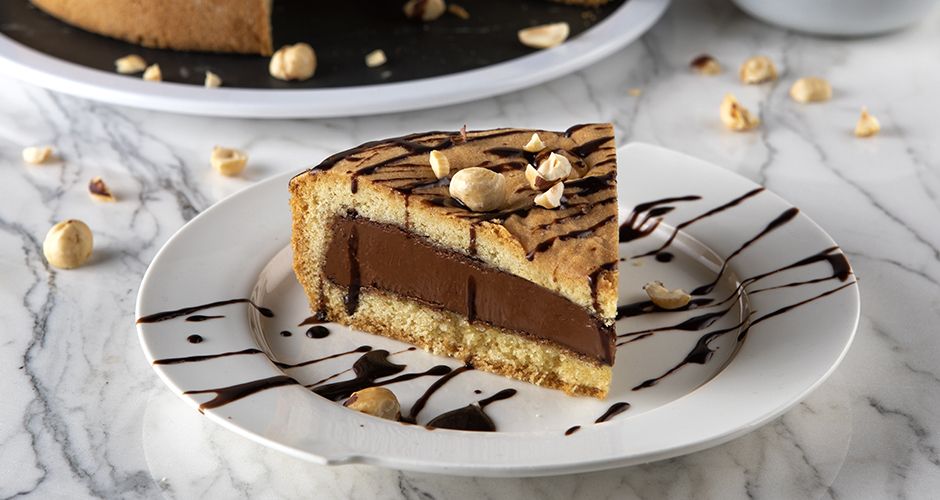
Cooking Tips and Tricks for Perfect Pasta Flora
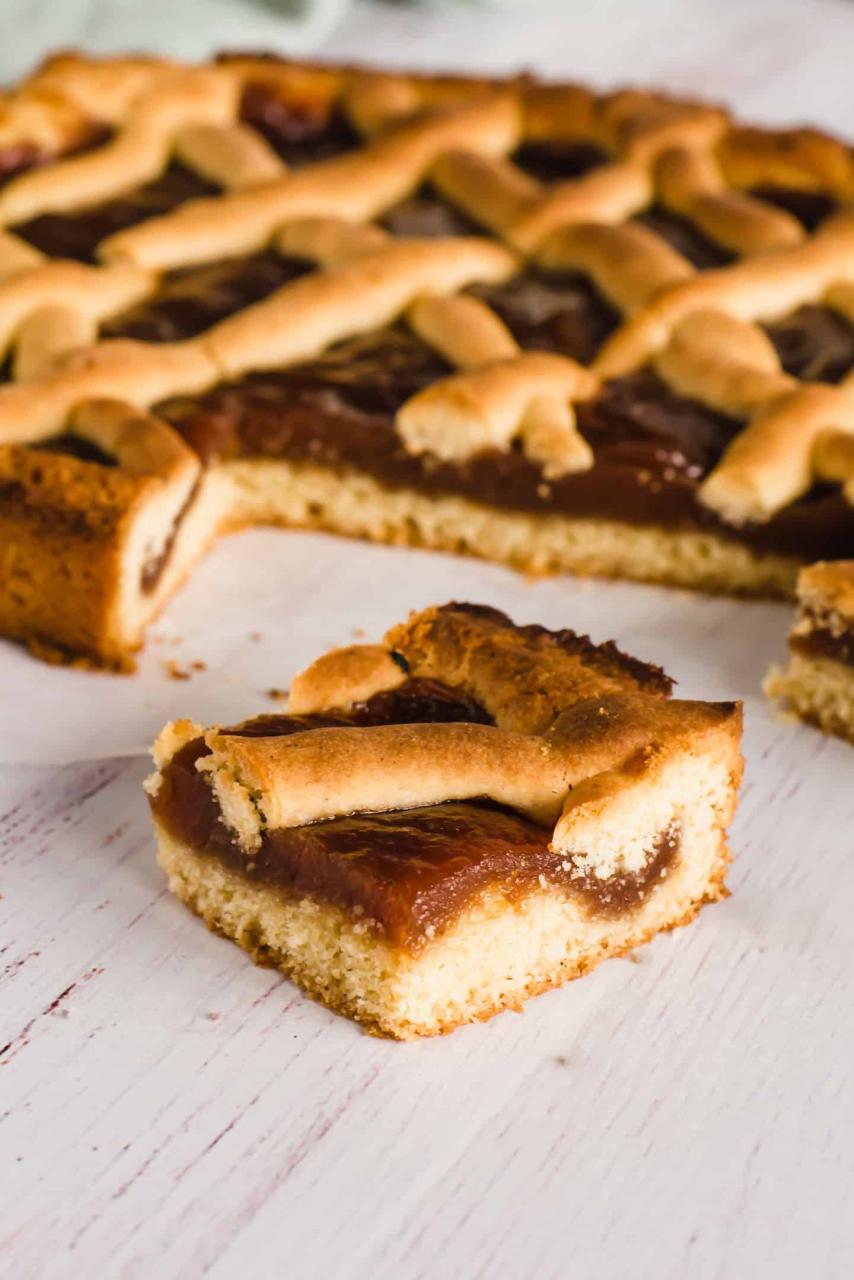
Cooking Pasta Flora may seem simple, but it does require some finesse and a few tricks up your sleeve. Here are a few tips to make your Pasta Flora a hit:
- Quality Matters: Choose high-quality ingredients. A good Pasta Flora starts with a great shortbread, and a great shortbread starts with good butter.
- Cold Is The Key: Keep your dough cold. This will make it easier to work with and result in a flakier crust.
- Patience Is A Virtue: Don’t rush the baking process. Allow your Pasta Flora to bake slowly and evenly for the best results.
FAQs About Pasta Flora
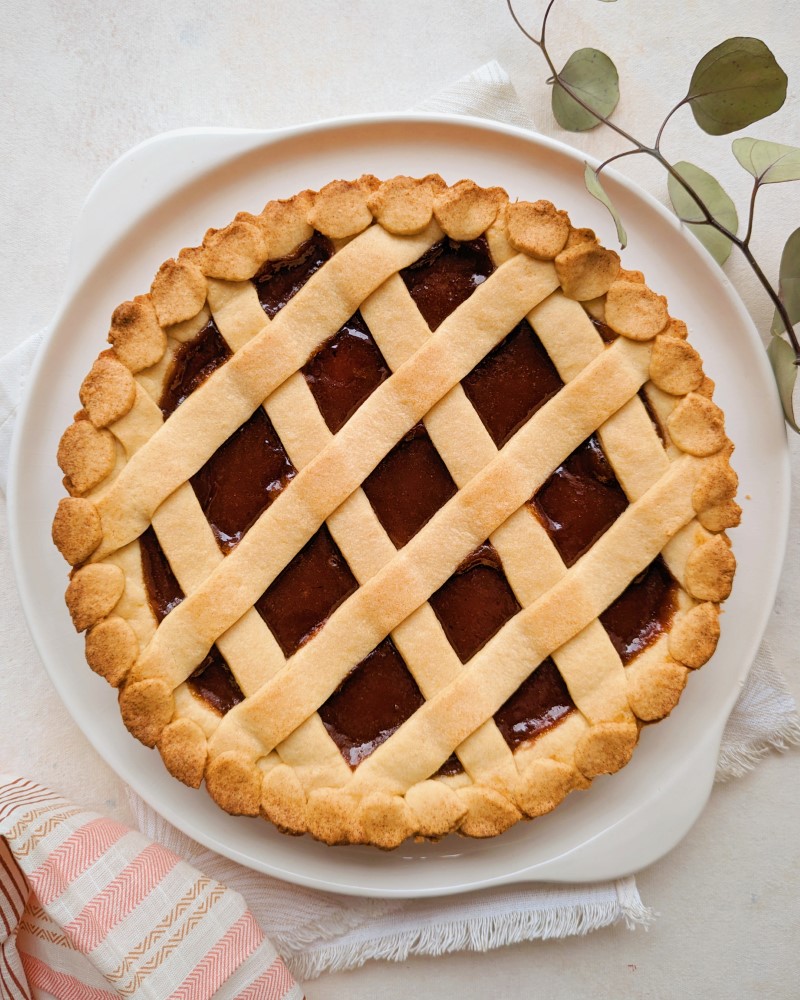
Pasta Flora is a beloved dessert in many parts of the world, particularly in Greece and Italy. Here are some frequently asked questions about Pasta Flora that can help clarify common queries:
- What is Pasta Flora? Pasta Flora is a traditional Greek jam tart made with a sweet pastry crust and filled with fruit preserves. The top of the tart is typically adorned with a lattice pattern made from strips of the same pastry dough.
- What kind of jam is used in Pasta Flora? Commonly, apricot, cherry, or strawberry preserves are used, but any type of thick fruit jam or marmalade can be utilized depending on personal preference or regional variations.
- Can I use fresh fruit instead of jam for the filling? While Pasta Flora traditionally uses jam for its filling due to its consistency and sweetness, it is possible to use fresh fruit if it’s cooked down to a jam-like thickness with added sugar to achieve a similar texture and flavor concentration.
- How do you prevent the jam from bubbling over the pastry? To prevent the jam from bubbling over, ensure that the jam layer is not too thick and that the pastry edges are securely crimped. Additionally, using a thicker jam can help maintain its shape during baking.
- Is Pasta Flora served warm or cold? Pasta Flora can be enjoyed either warm or at room temperature. Serving it slightly warm can enhance the flavors of the jam, but letting it cool allows the jam to set and makes the tart easier to slice.
- How long does Pasta Flora keep, and how should it be stored? Pasta Flora can be kept at room temperature for a day or two, but for longer storage, it should be refrigerated. It can last up to a week when stored in an airtight container in the refrigerator.
- Can Pasta Flora be frozen? Yes, Pasta Flora can be frozen. Wrap the fully cooled tart tightly in plastic wrap and then in foil. It can be frozen for up to 3 months. Thaw in the refrigerator before serving.
- Are there any variations of Pasta Flora? Variations can include different types of jam fillings, the addition of nuts or spices to the pastry dough, or even chocolate-flavored pastry for a different twist.
- What is the origin of the name “Pasta Flora”? The name “Pasta Flora” is believed to have Italian origins, with “pasta” referring to the pastry and “flora” indicating the floral design created by the lattice top, which resembles a flower pattern.
- Can Pasta Flora be made gluten-free or vegan? Yes, Pasta Flora can be adapted to be gluten-free by using a suitable gluten-free flour blend for the pastry. To make it vegan, plant-based butter can be used in place of dairy butter, and a jam without animal-derived pectin should be selected.
How To Serve Pasta Flora

Pasta Flora, a classic Greek jam tart, is characterized by its sweet, crumbly pastry and rich fruit filling. When considering serving suggestions for this dessert, it’s important to choose items that complement its sweetness without being overly heavy or competing with the flavors.
A light beverage would be an excellent accompaniment to Pasta Flora. From the list, the Greek Dolmades could serve as a savory contrast to the sweetness of the tart. The herbed rice and lemon flavors wrapped in grape leaves would provide a refreshing palate cleanser between bites of the dessert.
For those who enjoy a dairy accompaniment with their dessert, a glass of Almond Milk or Cashew Milk could be a delightful non-dairy option that complements the fruity sweetness of the Pasta Flora without overwhelming it.
If the Pasta Flora is part of a larger spread or tea time selection, it could be paired with lighter items such as the Egg and Spinach Omelet or the Zucchini Chickpea Soup from the list. These choices offer a balance of protein and vegetables, which can offset the sweetness of the tart.
Lastly, if a coffee pairing is desired, the Classic Irish Coffee from the list would provide a warm, spirited complement to the dessert. The combination of coffee, whiskey, and cream adds a luxurious element that can enhance the overall experience, especially if the Pasta Flora is served as an after-dinner treat.
In summary, when serving Pasta Flora, aim for complementary pairings that offer a balance of savory and light, with the option of a dairy or non-dairy beverage to suit different preferences, and consider a coffee pairing for a more indulgent experience.
So there you have it – a crash course on my favorite dessert, Pasta Flora. Whether you’re making it for the first time or the hundredth, I hope you’ll find joy in the process and savor every bite. Happy cooking!
